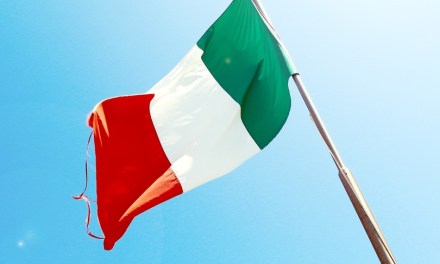Viewpoint
Much of the discussions at the “Submarine Networks Europe 2018” conference in London this February focused on the evolving relationships between traditional carriers and the new kids on the block, the web-centric OTT players. While several of the largest OTTs are bypassing the wholesale market by investing in their own submarine cable infrastructure, the consensus was that they form a key (albeit demanding) wholesale customer segment.
Main points
- – OTTs are demanding buyers of and investors in international capacity
- – The primary concerns of OTTs in international capacity are diversity, resilience, latency and price
- – OTTs are not interested in becoming competitors to carriers or operators
- – An OTT investor can make otherwise uneconomic projects feasible
- – Although they form a significant customer segment, OTTs differ widely
- – Be prepared for the emergence of the OTT giants from Asia!
 How are OTTs changing the submarine cable landscape?
How are OTTs changing the submarine cable landscape?
Since 2015 several of the largest OTTs, including Amazon, Facebook, and Google, have invested millions in buying their own fibers in new submarine cables instead of buying capacity from wholesale carriers when they need it. Although one speaker at the recent “Submarine Networks Europe 2018” conference stated bluntly that OTTs pose an existential threat to carriers, the majority of speakers and delegates agreed that these web-centric companies present an important opportunity for wholesale carriers.
Threat or opportunity?
Steve Grubb from Facebook reassured the conference that the primary reason why OTTs have bought their own fibers on submarine cable systems such as Asia-Pacific Gateway, JUPITER and UNITY is to side-step the delays in getting members of a traditional cable consortium to agree. Another delegate from Apple stated unequivocally that the OTTs are not interested in operating networks or becoming telcos themselves. Although they do sometimes swap excess capacity within the OTT community, carriers can be reassured that the OTTs do not intend to become wholesalers of submarine capacity.
How OTT requirements differ
Representatives of carriers and submarine cable operators agreed that the OTTs are accomplished buyers who demand that carriers provide diverse, resilient and cost-effective solutions and services. However, the OTTs are also less risk-averse and more pragmatic than many established members of cable consortia. The OTTs are also willing to invest in newer technologies if the expected benefits outweigh the perceived risks.
In particular, OTTs want data center to data center connectivity. They do not want to have to negotiate licenses with regulators or obtain their own terrestrial backhaul from landing stations. However, they are acutely aware of the vulnerabilities of terrestrial backhaul, especially where the same routes and even ducts may be used by supposedly diversely routed backhaul.
Having an OTT as an investor and anchor tenant in a new submarine cable system can make new projects feasible where carrier traffic alone is insufficient. Furthermore, OTTs present opportunities to carriers to earn additional revenues from operating their infrastructure for them, and from providing value-added services over that infrastructure.
Not all OTTs are the same
However, submarine cable operators and wholesale carriers must remember that although they have a lot in common, the needs of particular OTTs can differ widely. The higher resilience cable systems demanded by the established OTTs may be too expensive for smaller up and coming OTTs to afford. One speaker reminded delegates that the so-called Silicon Valley OTTs are dinosaurs in comparison with some of the Asian OTTs, such as Alibaba and Tencent!
Although OTTs are challenging customers and partners, who are rapidly changing the shape of the submarine cable business, they are only a threat to carriers that are unwilling or unable to adjust to the new market for international capacity.
ABOUT THIS ARTICLE
David James was a speaker at Submarine Networks Europe in London. The event, organised by Total Telecom, will be back in 2019, find out more at www.totaltele.com/subnets
















